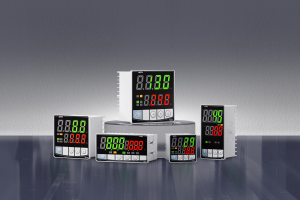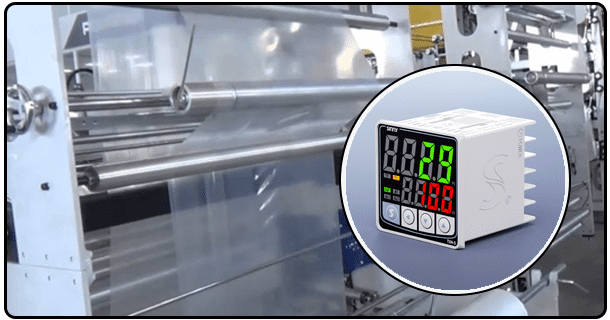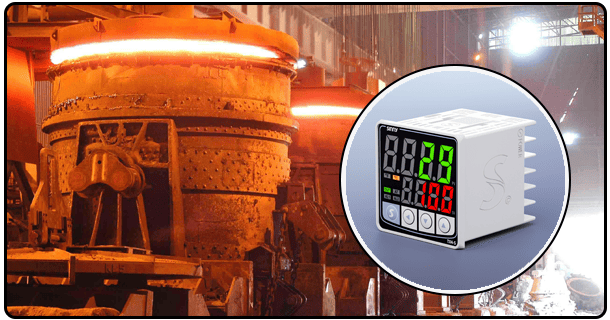Comprehensive guide to Watlow SD Series temperature controllers
This guide will teach you everything there is to know about Watlow SD Series controllers. Discover features, advantages, installation instructions and practical applications. Find out why this is the ideal solution for temperature control across industries.
1. Introduction
The regulation of temperature is essential in many industries Watlow’s SD Series Temperature Controls are a reliable solution to such needs. These controllers, which are designed with exceptional performance and advanced features, are perfect for industrial applications that require consistent thermal management.
The Watlow SD Series is explored in depth, with its benefits, features and applications. This article is a valuable resource for engineers, technicians, and enthusiasts. It will give you valuable insight into the capabilities of these temperature controllers.
2. What is Watlow SD series PID temperature controller?
Watlow's SD Series PID temperature controller is compact, efficient and designed to regulate and control temperatures with accuracy. This series is based on PID principles and offers a feedback system that provides consistent temperatures.Features and Benefits of Watlow SD Series
Compact Design The WatlowSD Series has been designed for compactness, and is therefore suitable in environments that require small equipment.
PID Advanced Algorithms These controllers provide highly efficient algorithms to ensure temperature accuracy, minimising fluctuations and maximising stability.
Profile Capabilities : The SD Series is able to manage complex temperature profiles and meets the needs of industrial processes.
The SD Series is a great choice for companies looking to find reliable, cost-effective solutions.
3. How To Setup and Use The Watlow SD series
Following the instructions of the manufacturer will ensure optimal performance.
Installation:
Install the controller in the mounting locati0n, and ensure that the area is properly insulated.
Connect the sensor, like a thermocouple to the terminals.
Set output connections such as SSRs or relays based on equipment to be controlled.
Configuration:
Select the settings that are appropriate for your application (sensor type, output mode etc.) from the Configuration menu.
Set your desired temperature, making sure it meets the requirements of the system.
PID tuning
You can adjust the parameters of the controller to best respond to changes in temperature by adjusting the integral, proportional and derivative values.
If available, use the automatic tuning feature to streamline the process.
Testing Operation
Check that the temperature is maintained accurately by the thermostat after turning on the system.
Check the system and make any necessary adjustments.
The SD Series PID controller will last longer and be more reliable if you maintain it properly.
4. The Watlow SD Series
Reliability and Precision The PID algorithm provides superior temperature control, which is essential for processes requiring high accuracy.
Energy Efficient By reducing temperature variations, the SD Series reduces energy waste, resulting in cost savings.
Versatility : This controller is compatible with a variety of sensors and outputs, allowing it to be adapted to a wide range of applications.
Easy to Use: Its intuitive design and easy-to-use interface make it available even for operators with little experience.
Calibration issues
To avoid incorrect temperature readings, ensure that the sensor connected is correctly calibrated.
Misconfiguration of Parameter
Check that the settings are in line with your system requirements.
Signal Interference
To minimize interference, use shielded cable and the proper techniques for grounding.
By addressing these problems promptly, you can ensure uninterrupted use and extend the life of your device.
5. Real-world applications and case studies
Watlow's SD series PID temperature controller is widely used to regulate temperatures precisely and efficiently in many industries. You can, for example:
Plastics Industry : Maintains uniform heat in injection molding, to ensure product quality and consistency.
Processing Food: Maintains product quality and safety by controlling critical temperatures.
Electronics Manufacturing : Controls soldering temperatures and PCB assembly to reduce defects and improve reliability.
- Master Temperature Control With Online PID Tool: Complete Guide
- The "Comprehensive guide to YouTube PID temperature controllers: precision & applications"























